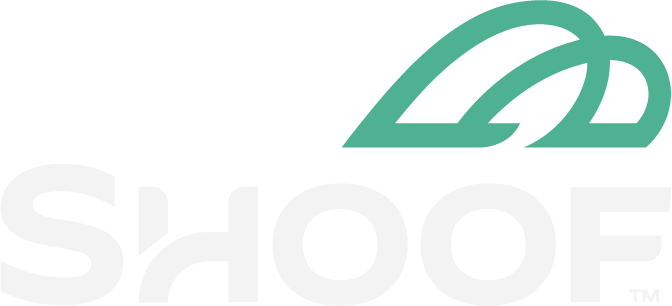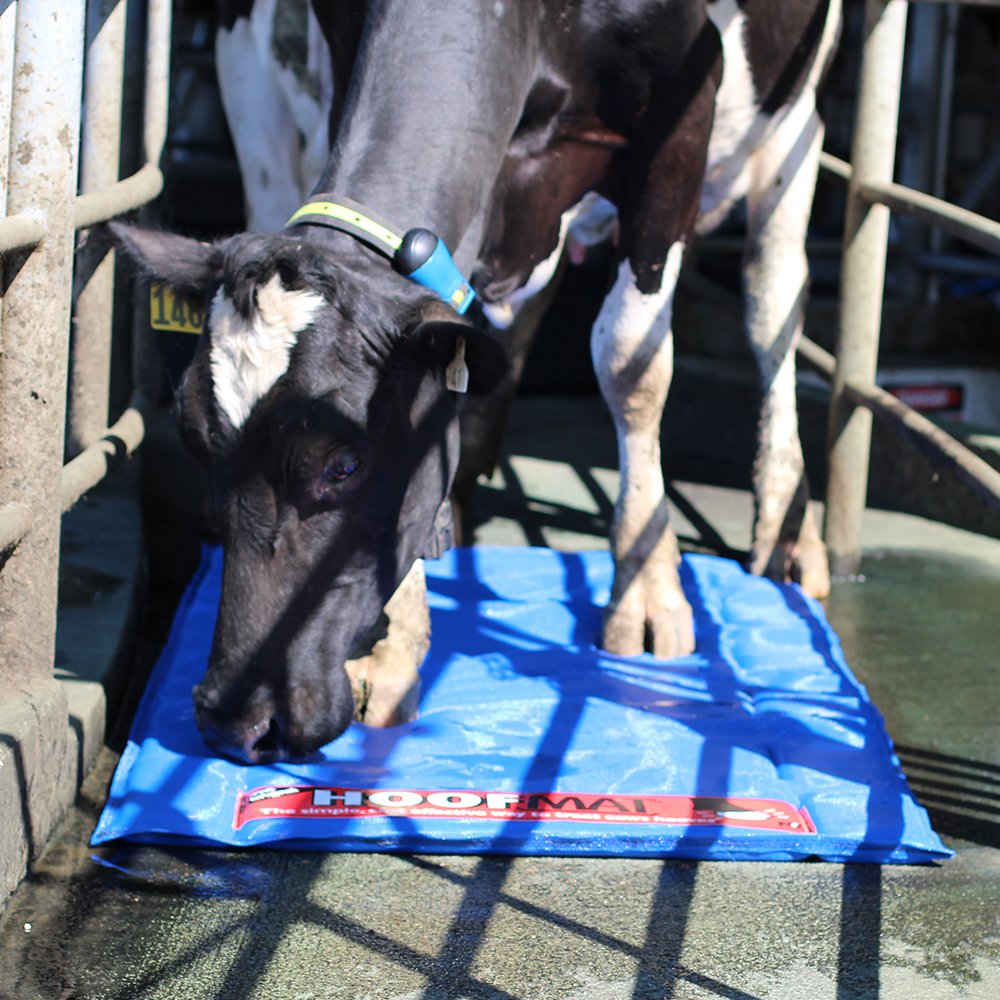
The simple, cost effective way to treat cows hooves.
The importance of managing lameness
Effective management of lameness in cows, sheep and goats is essential for maintaining herd health, productivity, and welfare. Foot solutions play a critical role in the prevention and treatment of common hoof conditions such as foot rot, digital dermatitis, and sole ulcers. These solutions help to disinfect, protect and harden the hooves, reducing bacterial load and promoting healing. Regular use of foot solutions can significantly decrease the incidence of lameness, ensuring livestock remain mobile, comfortable, and able to feed and produce milk effectively. By preventing and addressing lameness promptly, farmers can improve animal welfare, enhance milk yield, and reduce veterinary costs, ultimately contributing to a more sustainable and profitable dairy operation.
Why Hoofmat?
Hoofmats are a simple, cost-effective prevention aid for hoof infections. The Hoofmat does more than just bathe animals feet in solution or remedy. The design of the mat, combined with weight of the animal, creates an effect that pushes liquid vigorously into the animal’s foot and interdigital cavity of the hoof. This is one of the most significant reasons why Hoofmat treatment is so much more effective than usual footbath type treatments. Any remedy used in a footbath can be used more effectively and economically in a Hoofmat. This could be formalin, zinc sulphate, copper sulphate or a variety of patent remedies. Check with your Vet on their recommendations for remedy.
- Simple solution for prevention of hoofcare ailments
- Minimal waste – cost effective use of solution
- Easy to use – simply place at the entrance to the milking area
- Easy to clean

Step 1.
PLACE your hoofmat in the entry of the dairy shed on a firm even surface.

Step 2.
FILL with 30 litres of liquid solution (top up as required).

Step 3.
CLEAN your Hoofmat by hosing it down with fresh water and placing over a rail.

Step 4.
DRAIN/DRY your Hoofmat by hanging it out to dry.
We advise using Hoofmats at the ENTRANCE to the milking platform (herringbone dairies will require two). This ensures that the treatment solution has adequate time to work - cows have their feet treated before standing quietly being milked. Hoofmats do not require securing to the floor. Simply place where required and pour on the remedy of your choice before commencement of milking. Top up the Hoofmats after 80-100 cows, or as required during milking.
To familiarise your cows with Hoofmat, so that its sudden appearance at the entrance to the milking area does not startle them, we strongly recommend laying the mats temporarily at the exit of milking, where the cows can see, smell and investigate them without disrupting milking. After passing by, or over, the mats 5 or 6 times, the cows become familiar and are not threatened by them. Mats can be filled with plain water, or with medication, over this period.
When mats are new, they can require a few days of use before they properly absorb their stated capacity. Do not place mats where cows can turn on them as this may reduce the life of the mat. After milking, simply hang your Hoofmat over a rail to drain, and hose off with fresh water.
Products
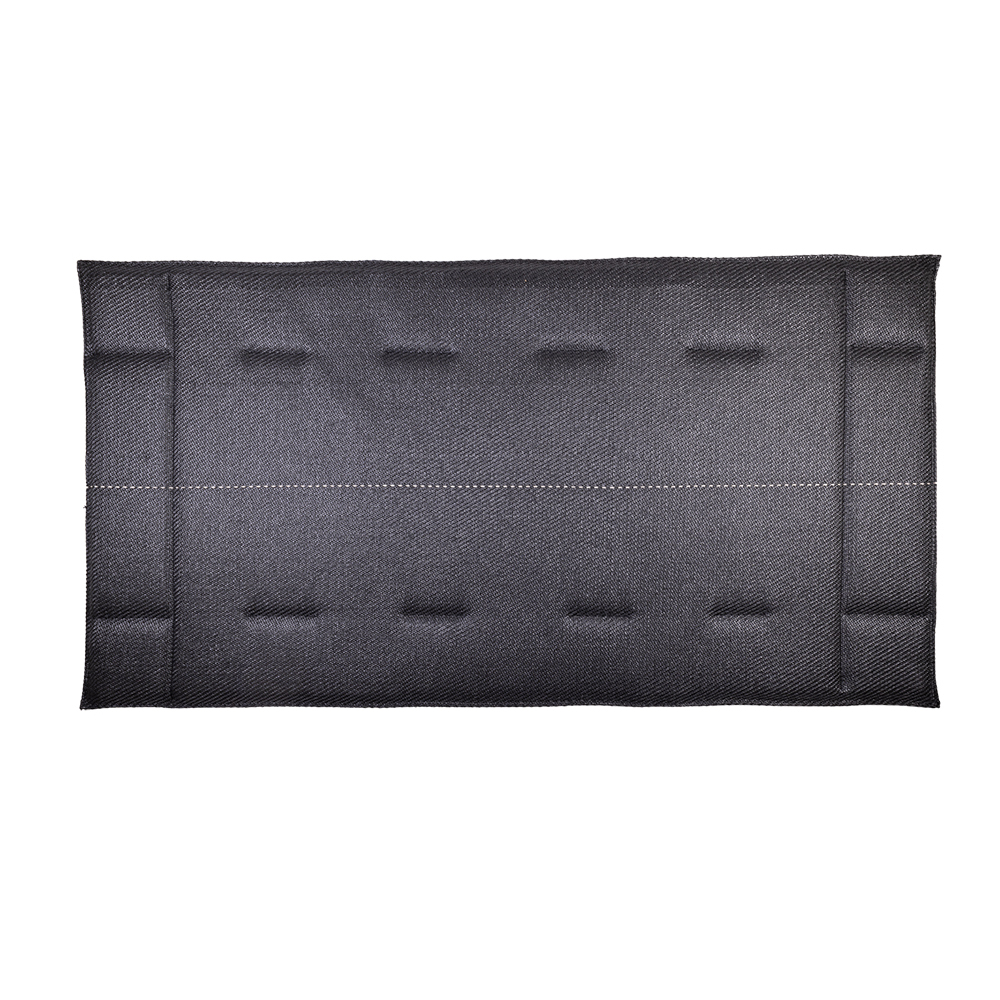
Hoofmat Super Dairy
The Super Dairy Hoofmat can be placed at the entrance to the milking area for the application of liquid hoof remedies. Designed for larger dairy herds or high traffic milking platforms. The design of the mat, combined with weight of the animal, creates an effect that pushes liquid vigorously into the animal’s foot and interdigital cavity of the claw.
View Product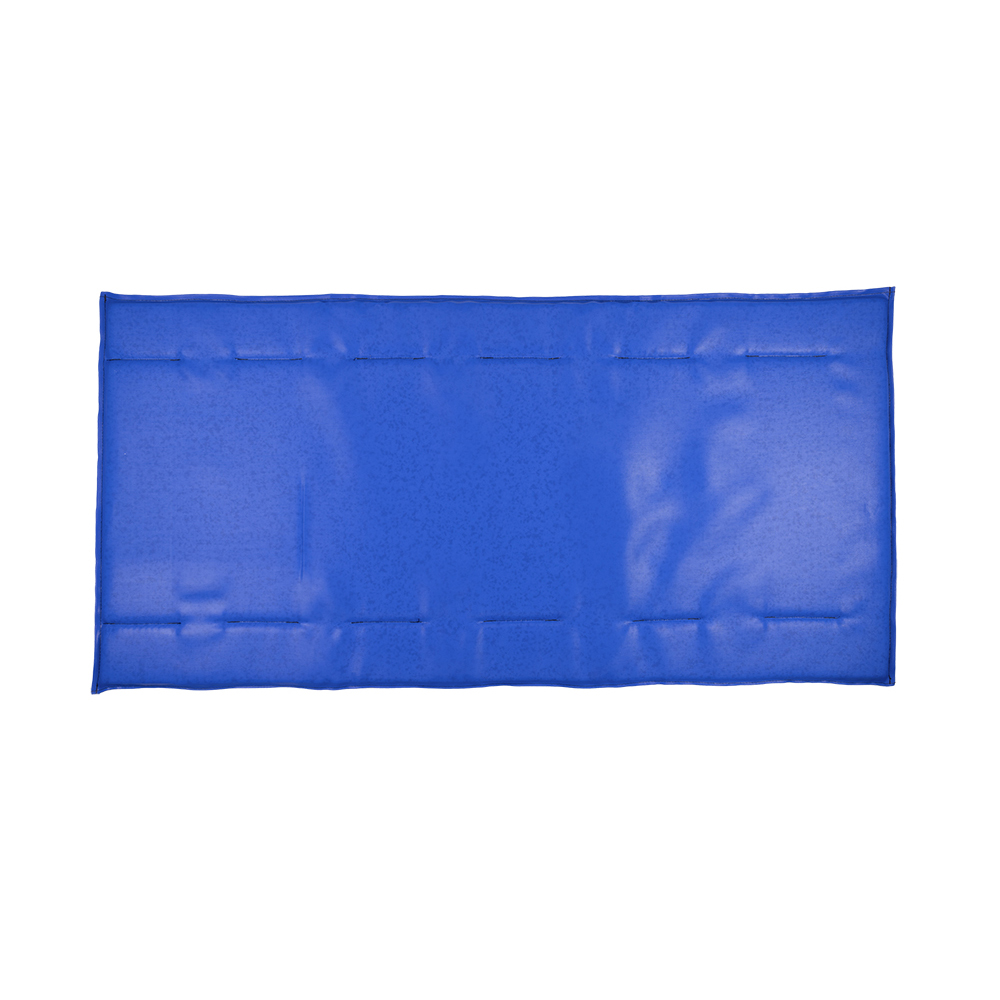
Hoofmat Dairy
The Dairy Hoofmat can be placed at the entrance to the milking area for the application of liquid hoof remedies. The design of the mat, combined with weight of the animal, creates an effect that pushes liquid vigorously into the animal’s foot and interdigital cavity of the claw.
View Product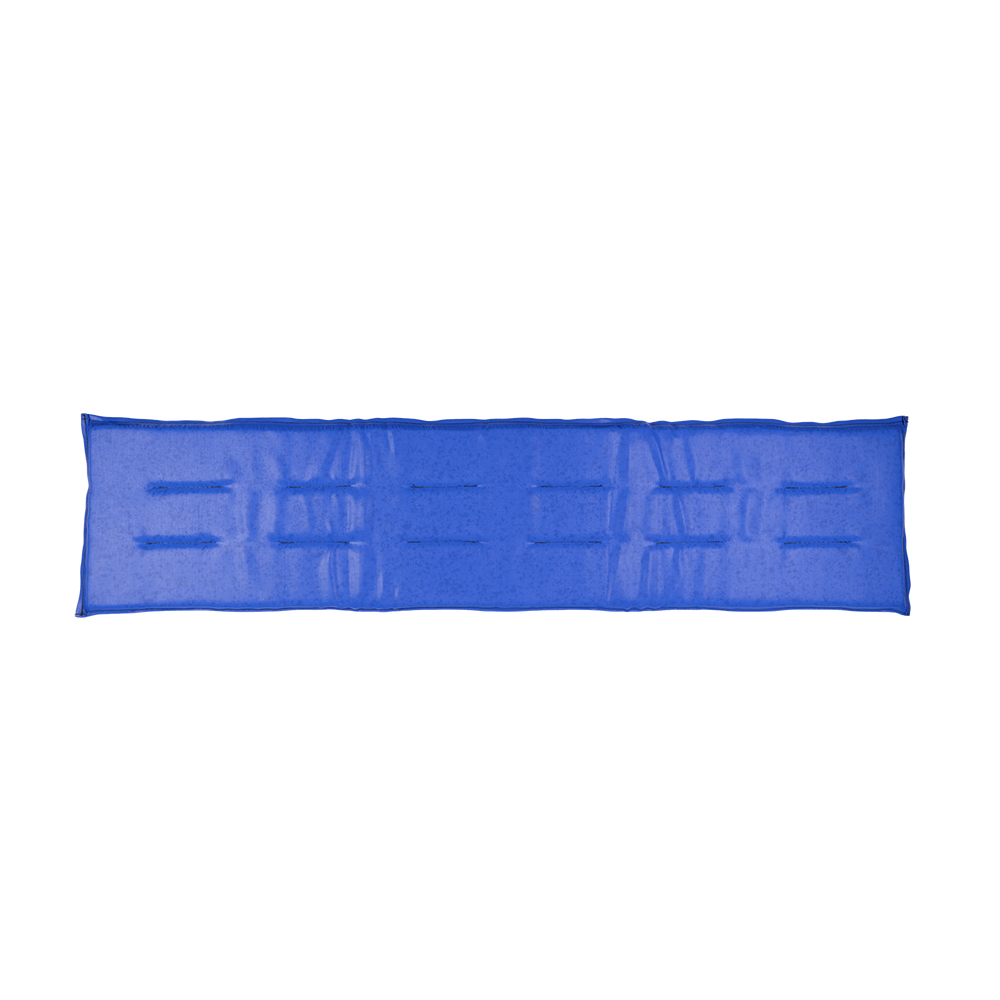
Hoofmat Sheep/Goat
The Sheepmat is a premium quality blue fabric outer with 31mm foam. Suitable for most race systems on concrete, wood, or impervious surfaces. Treat animals in clean conditions, avoid long distances. Use with 10L of 2% copper sulphate or vet-recommended remedy. Size: 1.84m x 0.47m.
View ProductA word about Sheep/Goat Hoofmats
For the application of liquid hoof remedies to sheep or goat feet. Any remedy used in a footrot trough can be used more effectively and economically in a Hoofmat.
Recommended for use in a race or other congregation point. It is preferable that the animals stands quietly for a period of time immediately following the passing over the mat.
Management systems may have to be developed to enable lame or at-risk animals to be treated to cross het mat at least once per day.
